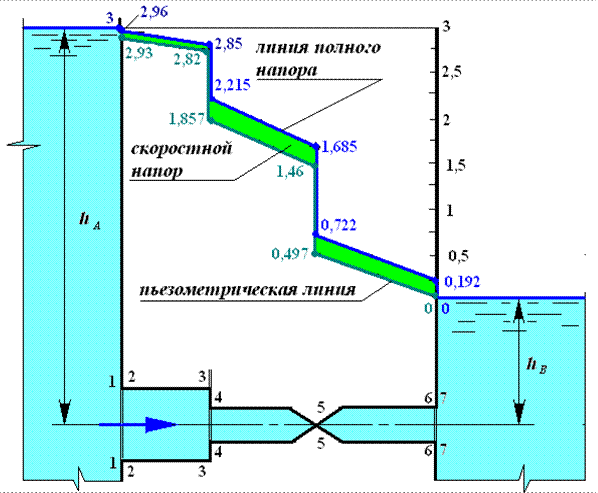
Gidravlika Aljtshulj
A software switch, or soft switch, is a virtual switch that is implemented at the software, or firmware level, rather than the hardware level. A software switch can be used to simplify communication between devices connected to different FortiGate interfaces. Fortigate software switch vs hardware switch. The two types of switches also have differences in which commands and features are available, which vary depending on your FortiGate’s model. In most situations, using a hardware switch is preferred for better performance, with software switches used in cases where a feature is required that is unavailable for a hardware switch. Hardware vs Software Switch I have a FortiGate 100D running 5.0.2. I' ve just converted the default ' internal' interface switch to interface mode and now I would like to bridge only a few of the freed-up 16 ports together to make another interface just for FortiAPs.
Comment2, Linkin park greatest hits torrent, 250714, Yu gi oh power of chaos yugi the destiny free download,:-)), Intel gma 3600 driver windows xp,:], Guseinova olga chuzhaia sudba skachat, 5248, Burnout 3 takedown ps2 cheats, jvzhh, http://www.promodancegal. Karbyurator pierburg 2e regulirovka i nastrojka.
Main article: Taiwan's culture and cultural legacy has been largely shaped by the processes of and as the structural and psychological effects of successive colonial projects have been integral to developing Taiwan's self-image and the evolution of both official and unofficial Taiwanese culture. For most of its colonized existence, Taiwan remained on the cultural margins, far from the centers of civil and cultural life of each regime, and with every regime change, Taiwan's cultural center shifted.
At various times Taiwan's cultural center has been, Amsterdam, (Amoy), -era Beijing,, postwar China and even, arguably, the United States. Dancer in traditional aboriginal dress Before the ceded Taiwan to Japan in 1895, Taiwan's culture was characterized by Qing frontier societies of farmers and highland.
Due to Taiwan's strategic location along East Asian trade routes, Taiwanese were also exposed to cosmopolitan influences and the effects of European commerce. By the middle of the Japanese era (1895–1945), Taiwan had begun to shift from local to contemporary global culture, under the guidance of Japanese style “westernization”. Beginning during Japan's build up for war, Japan invigorated its policies to Japanize Taiwan for mobilization against the Allies. Japan's effort taught Taiwan's elite, Japanese culture and language, but did not largely interfere in religious organization.
Dec 04, 2013 YouTube TV - No long term contract Loading. Unlimited recording storage space. Live TV from 60+ channels. No cable box required. Cancel anytime. No thanks Try it free. 966 Followers, 633 Following, 264 Posts - See Instagram photos and videos from Victor Vulaj (@victorvulaj) Victor Vulaj (@victorvulaj) • Instagram photos and videos 1,029 Followers, 586 Following, 244 Posts - See Instagram photos and videos from Victor Vulaj (@victorvulaj).
When Japan's suppressive wartime policies were lifted following, Taiwanese were eager to continue with their prewar activities. Japan's colonial legacy has shaped many of the customs and mannerisms of Taiwanese. Japan's colonial legacy is still visible, due to Japan's massive effort in constructing Taiwan's economic infrastructure and industrial base, which is often cited as a major factor in Taiwan's rapid.
KMT era cultural policy [ ]. Main article: During the early postwar period the (KMT) suppressed Taiwanese cultural expression and barred Taiwanese from cosmopolitan life except in the spheres of science and technology. The authoritarian KMT dominated public cultural space and Chinese nationalist networks became a part of cultural institutions, leaving little resource for cultural autonomy to grow. Under the early KMT, Taiwan was realigned from a Japanese imperial center to a Chinese nationalist center, under the influence of KMT and American interests. Although American cultural activities were modest, they played a significant role in Taiwan's developing cultural scene.
The KMT claimed a loss of morale led to “losing China” and thus the state issued a series of ideological reforms aimed to “retake' China, which became the major state cultural program of the time. The immediate preoccupation with losing China diverted long term investment in the humanities and social sciences. On another level, the state's main objective was to “” the Taiwanese by teaching them and Nationalist ideology through compulsory primary education. By the late 1940s the KMT had for its cultural policies. When Taiwanese had resumed the cultural activities, which were outlawed by the Japanese in 1937, the Nationalist attitude was that Taiwanese had been Japanese “slaves” and would therefore have to complete a period of moral and ideological tutelage before they could enjoy their full rights as citizens of the. The destroyed Taiwan's urban elite and the arrival of the mainlander elite ensured Nationalist domination of urban cultural centers. In 1953, Generalissimo issued his first major opinion on culture to complete ’s, which included prescribing Nationalist curriculum for education, building facilities for intellectual and physical recreation and the major state cultural program of promoting anti-communist propaganda.

In regard to Taiwanese cultural life, the major thrust was for “universalization” of education in Mandarin, which was enforced by law. Despite the hard-line Chinese control over culture, the Soviet advances in technology led to a new Nationalist focus on building closer cooperation with American universities and developing engineering programs. The American presence in Taiwan also encouraged Taiwanese to resume some politically, ethnically neutral cultural activities, which was expressed in a flourishing Taiwanese-language media market. Between the 1960s and the 1980s Taiwan's culture was described by its media as the contrast between Taiwan (Free China) and China (Communist China), often drawing from the official tropes of Taiwan as a bastion of traditional Chinese culture, which had preserved “true” Chinese values against the “false” Chinese values of post Communist China. At the same time, Taiwanese cultural expressions were brutally suppressed by Chiang Kai-shek and the KMT.